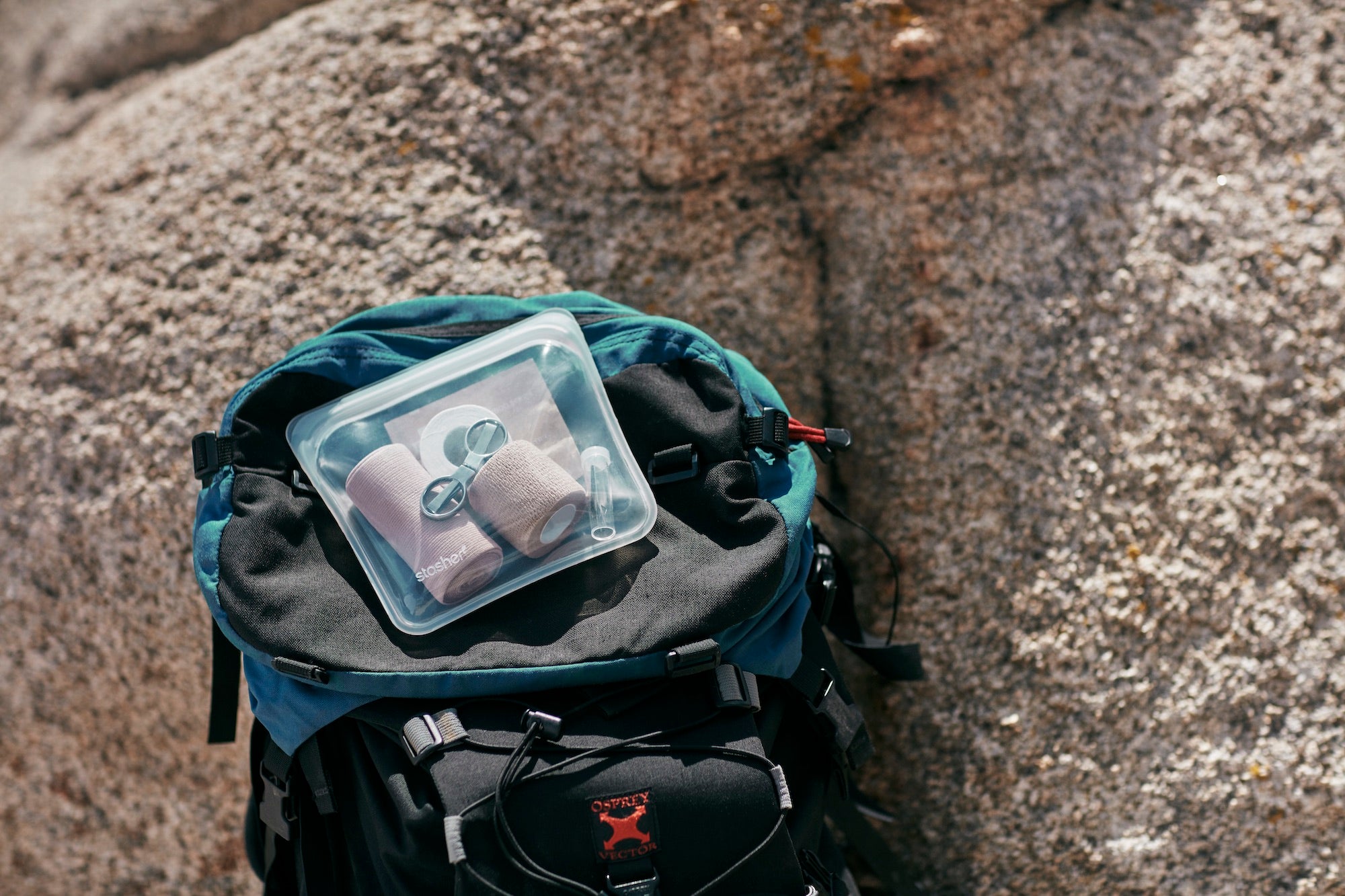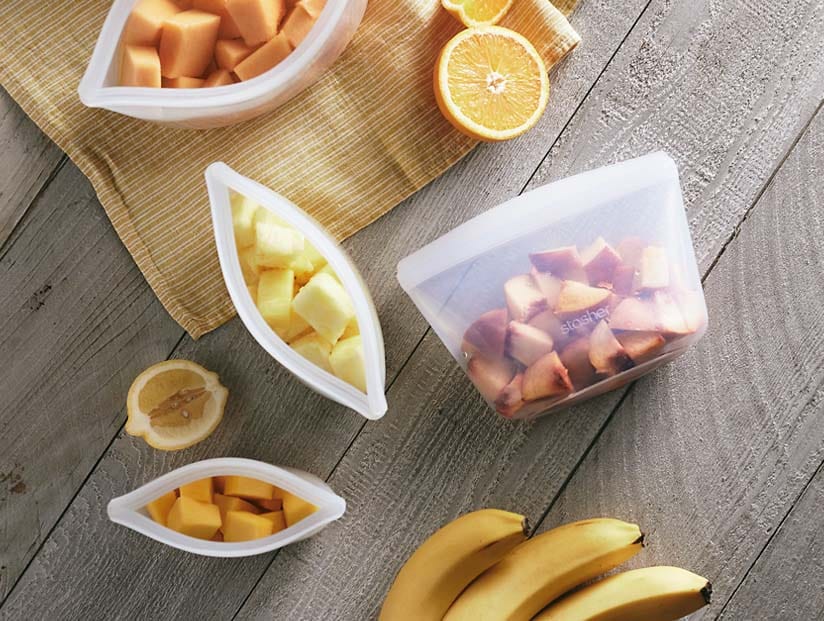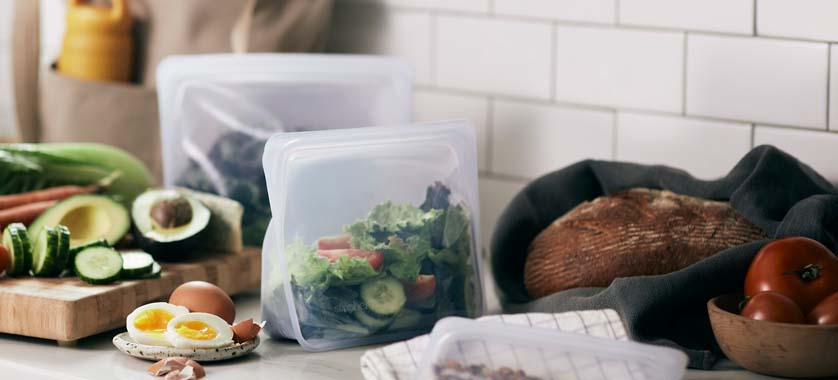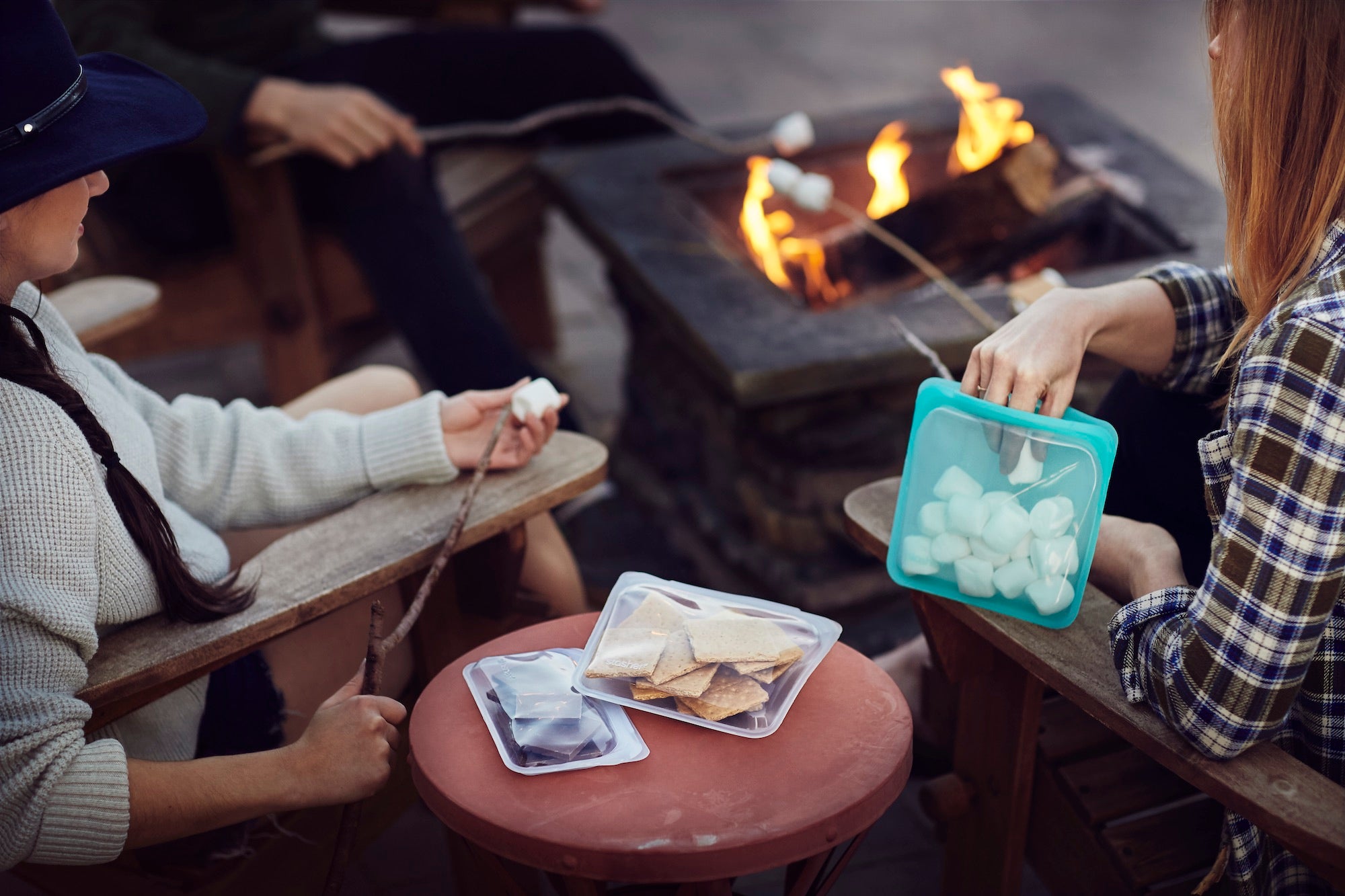
Hiking First Aid Kit Essentials From the Experts: What to Pack and What to Do Before You Go
Ever heard the term "better safe than sorry"? Whether it was your grandparents that burned it into your psyche (the way ours did) or if you learned it through an experience (bummer, dude), the term is super relevant when you're planning on heading out for a wilderness adventure. Especially in the summer. Even more so if you're going solo.
Which is why packing a solid first aid kit is clutch when hitting the trail. And while bandages and antiseptic are a good first step (did you know a Stasher makes a great waterproof first aid bag as well as an ideal hiking food bag!?), we thought we'd ask expert adventurers what they bring along to make their kits even more effective.

Your First Aid Kit Checklist
One of our favorite hikers to follow on Instagram, Bre Mirynech, has trekked peaks around the globe and knows a thing or two about prepping for everything from day hikes to multi-day adventures. When we asked her about her top tip, she offered up something so sensible (yet easily forgotten) that it kinda blew our minds.
Bre says, "I always have everything in case I need to spend the night. I think that’s one thing a lot of people don’t think about it. They are prepared for the day, but not necessarily prepared for the worst to happen. I always bring extra food, warm layers (even in the summer), a head lamp, a pocket knife, things like that."
In regards to what she packs in her standard first aid kit, Bre includes "a fire starter, water treatment tablets, an Emergency Bivy Sack and emergency blanket, along with different medications in case I'm a long way from help and someone gets hurt." A PSA we can all appreciate.
DIY Your First Aid
We also chatted with a set of vanlifers that make us want to jettison our apartments back into the rental market and head out on the open road, Dustin and Naomi of irietoaurora. We have deep love for their eco-conscious way of living and not to mention that their relationship is serious #couplegoals.
As for what they keep on hand for their first aid kits, Naomi says, "I recently took an herbal medicine workshop where I learned to make natural wound and antibacterial medicines. This has become an important addition to our first aid kit and we opt for these whenever possible over the traditional over-the-counter products. We also have a Trauma Pak with Quikclot and fortunately haven’t had to use it."
Before You Go Solo
Lovers of nature and wide open spaces, both Bre and Naomi have been known to head out for a transformational solo experience, so when asked about essential to-dos before stepping out on the trailhead, both of them noted that letting someone know your plans is priority one.
But when she's on longer treks, Bre says technology plays an important role. "I make sure to carry my SPOT device on me whenever heading out in case something goes wrong and I am out of normal cell service." In case you're unfamiliar, SPOT is a satellite messenger device that lets you message any cell phone number or email address from virtually anywhere in the world, which can be a lifesaver if things go wrong. "Phones are also not the most reliable due to battery life, so even if I am out with normal cell coverage, I always have my SPOT no matter what. Any similar device like the Garmin Inreach or an SOS button are great, too."
Even if you do have tech to keep you in check, Naomi says to "check in with a ranger station or other land manager at or near the trailhead and tell them your plans." She also recommends some smart prep work beforehand, saying to "research weather patterns, trails, bailout points, wildlife range, elevations, and water sources."
It's Your Turn
We want to know your top must-haves for your first aid kit, and any other safety tips you want to share with the collective. Leave your comments below or share on social using the #StasherBag hashtag. We may feature your tips in an upcoming post!






